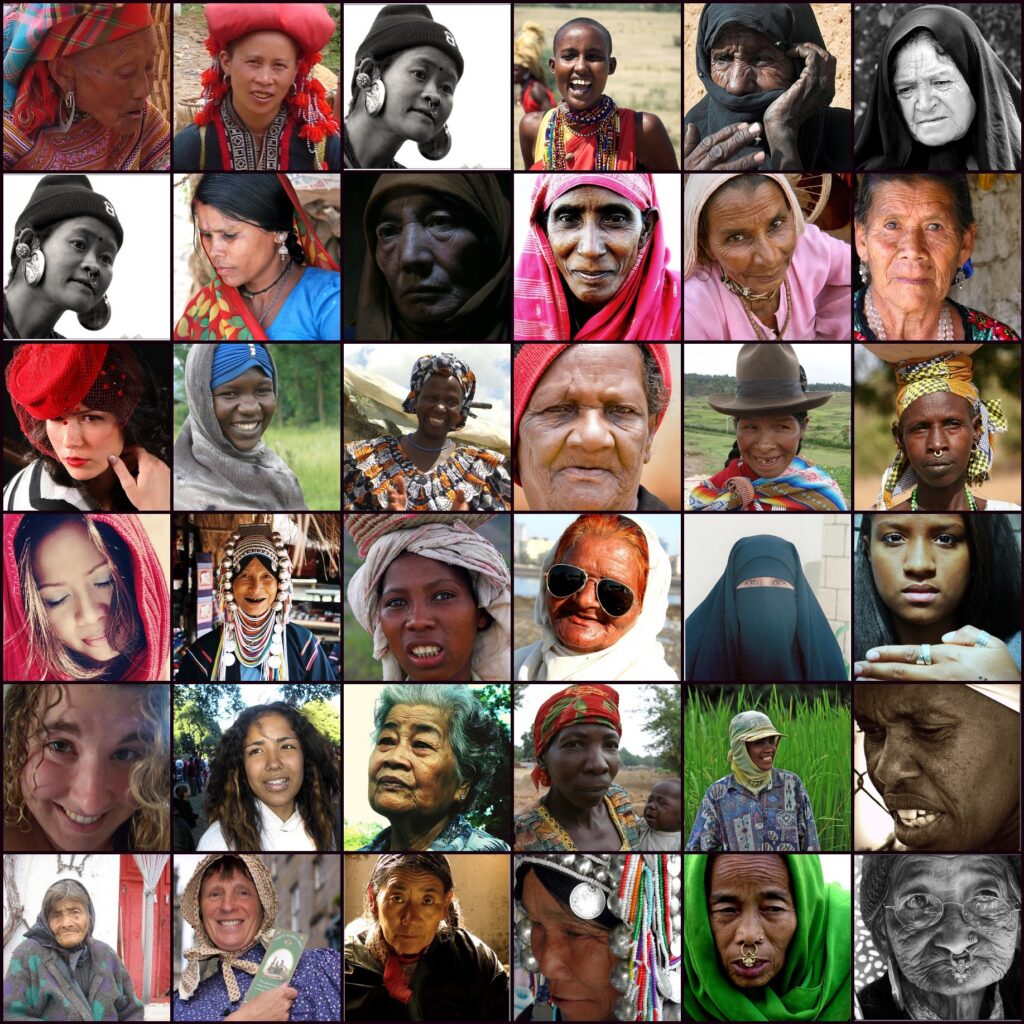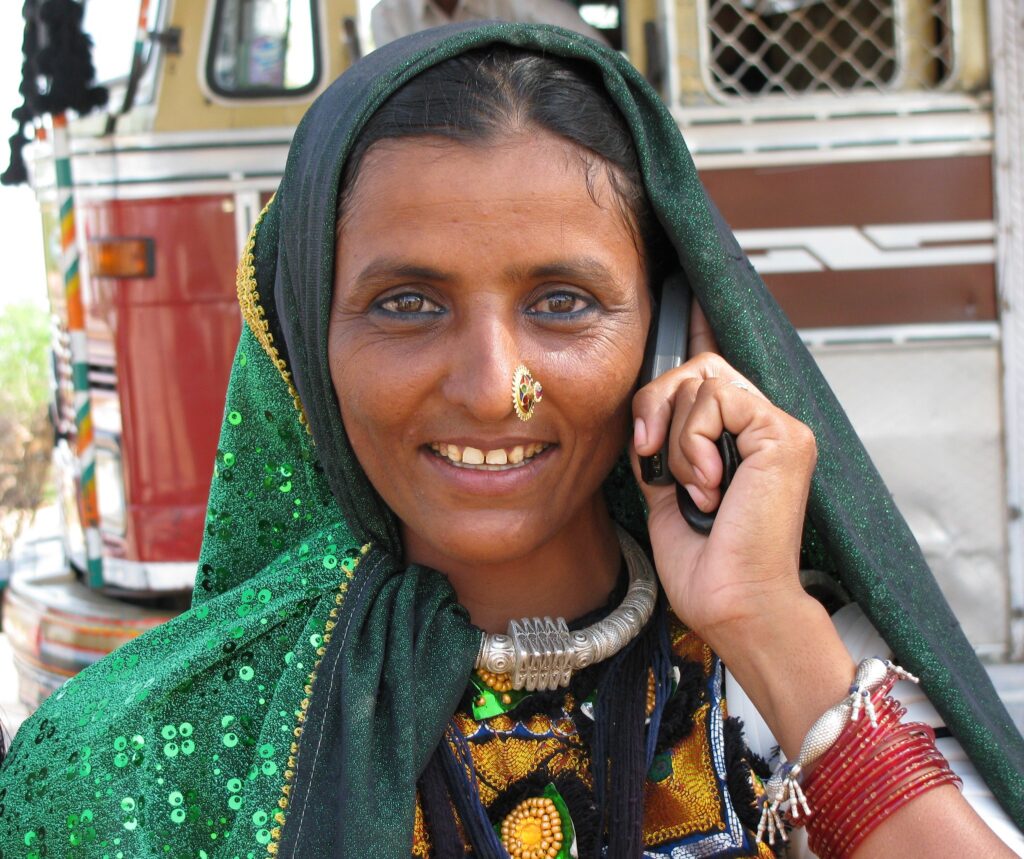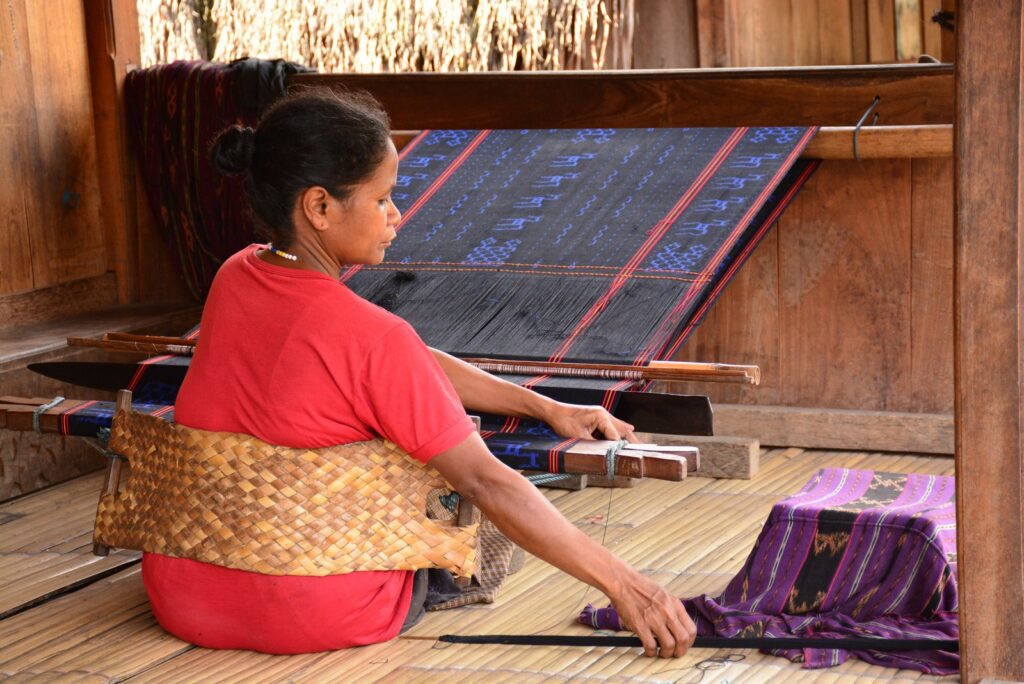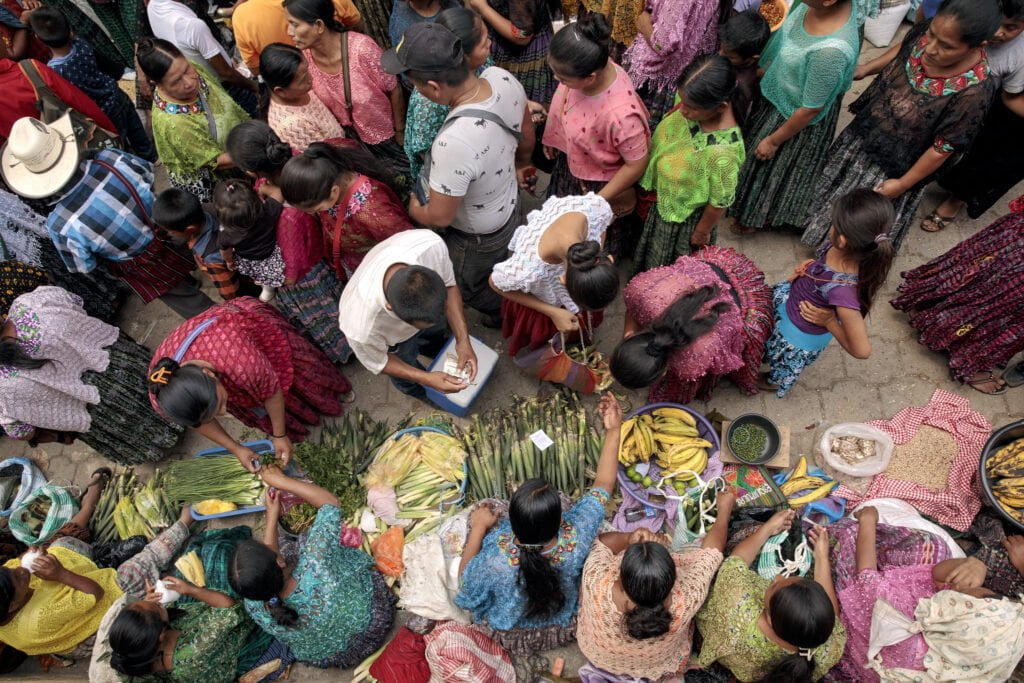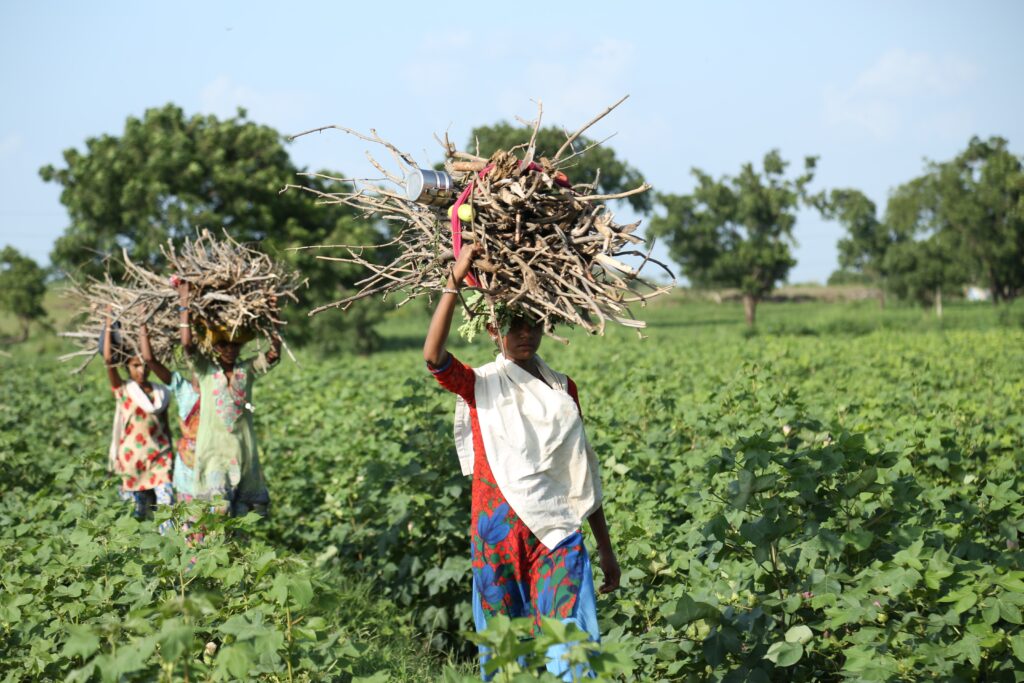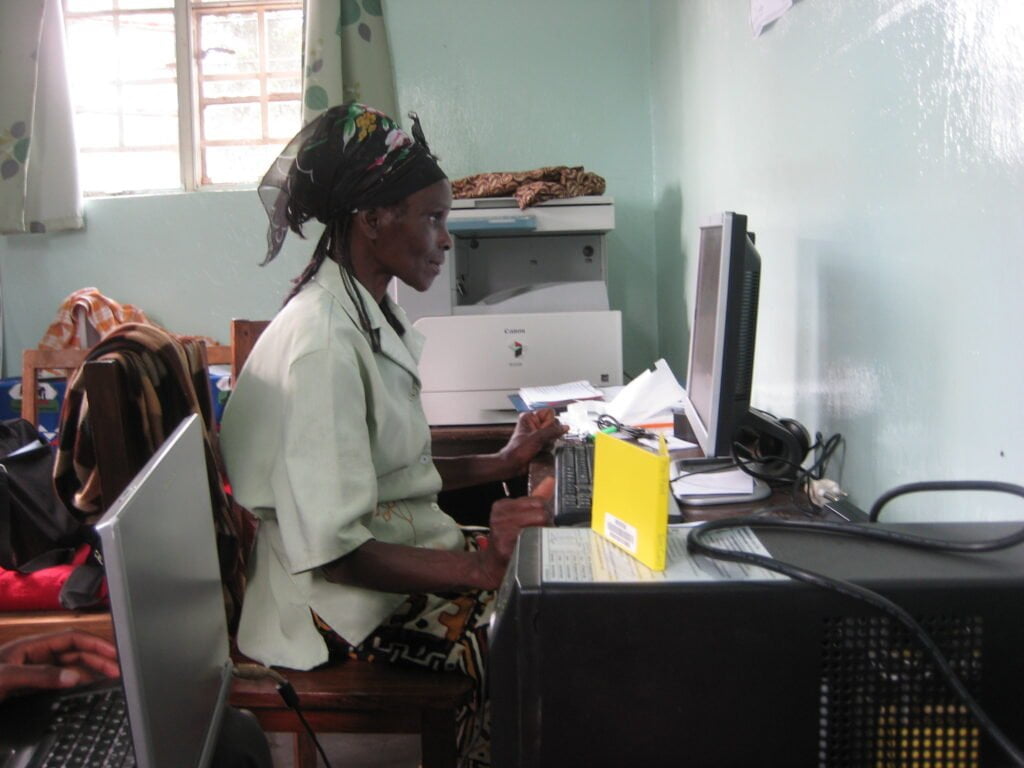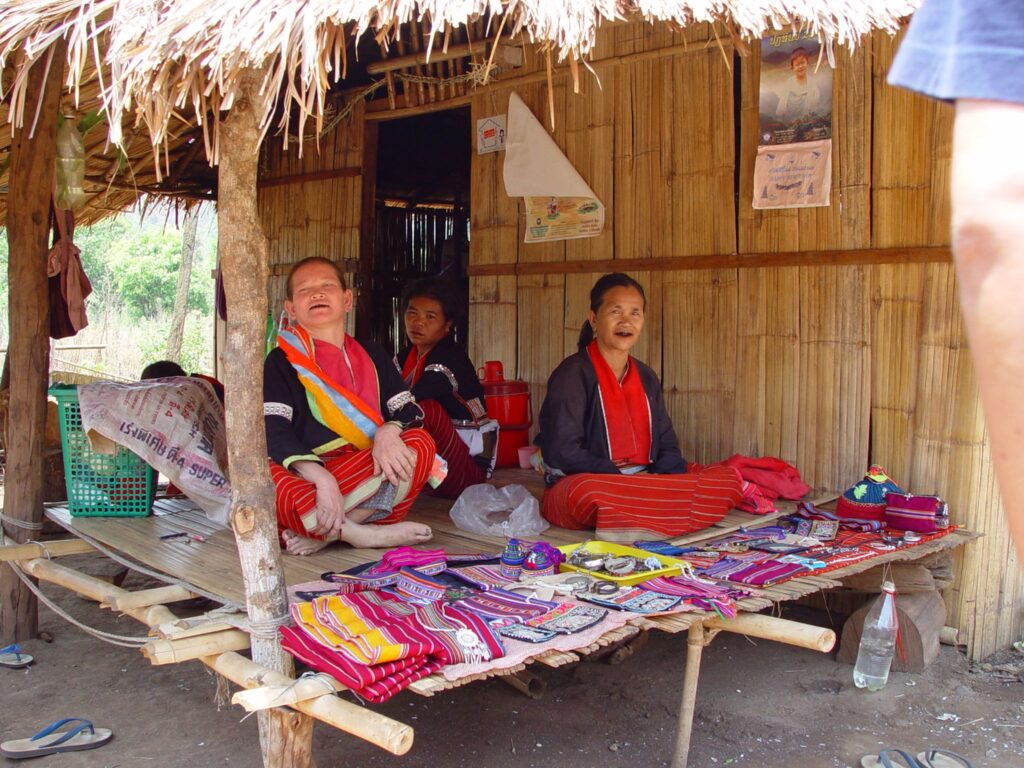We use cookies to improve your experience with Monash. For an optimal experience, we recommend you enable all cookies; alternatively, you can customise which cookies you’re happy for us to use. You may withdraw your consent at any time. To learn more, view our Website Terms and Conditions and Data Protection and Privacy Procedure.
Empowering women to reduce poverty
Published on October 18, 2022Zero-global poverty cannot be achieved if women’s empowerment is not prioritised.
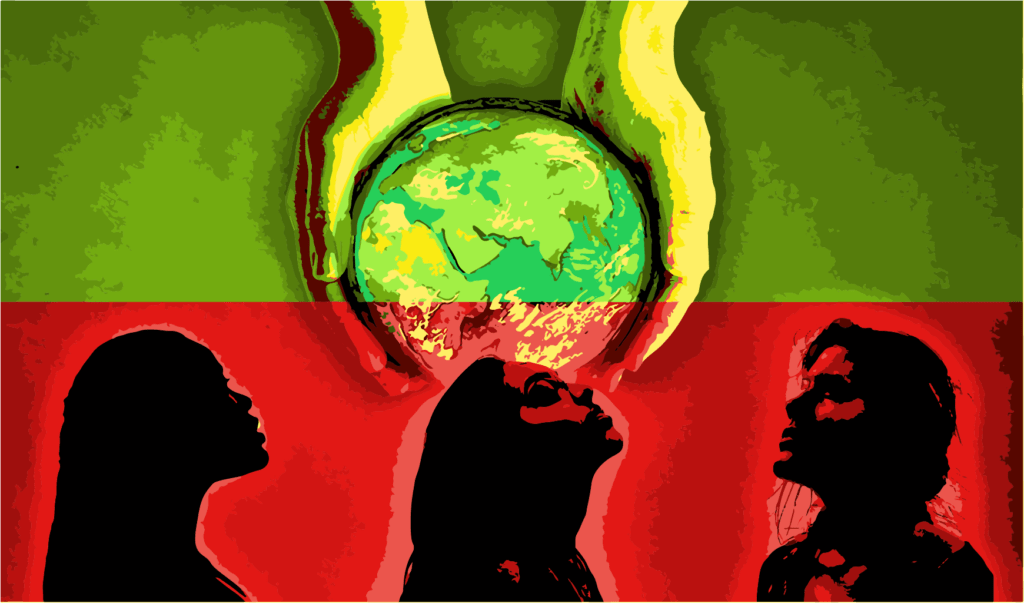 Empowering women is often a major step in tackling poverty. : Michael Joiner, 360info CC BY 4.0
Empowering women is often a major step in tackling poverty. : Michael Joiner, 360info CC BY 4.0
Zero-global poverty cannot be achieved if women’s empowerment is not prioritised.
The first Sustainable Development Goal aims to end poverty in all its forms everywhere by 2030. The goal’s objectives include ensuring that the world’s entire population and especially the poorest and most vulnerable have equal rights to economic resources, access to basic services, property and land control, natural resources and new technologies.
Women are both overrepresented among people living in poverty, as well as being a driving force for change and key partners in the battle for poverty reduction.
“The world has changed, and these changes are impacting women. Poverty has deepened, the sexual and reproductive health and rights of women are under attack, climate change is upon us, and changes in technology are also disproportionately impacting women,” says Phumzile Mlambo-Ngcuka, chair at Women Deliver and former United Nations under-secretary-general.
World leaders have committed to ending poverty by 2030. But, according to UN Women, that aspiration can only be achieved by ending the discrimination that traps women in poverty.
Globally, one in five girls is in households living on less than US$1.90 a day, a sum that leaves them without enough food, housing, health care or education.
Poverty gaps between women and men are particularly acute for those between the ages of 25 and 34, as women struggle to combine paid work with an unequal burden of care for children and other dependents. Around the world, for every 100 men in this age group who are poor, there are 122 women.
Improving the lives of rural women is key to fighting poverty and hunger. Giving women the same opportunities as men could raise agricultural production by 2.5 to 4 per cent in the poorest regions, helping to drive down the number of malnourished people.
But COVID-19 has set back poverty-reduction efforts and global poverty is set to increase for the first time in 30 years.
360info gathers experts to examine the measures needed to regain momentum while exploring poverty-reduction programmes that have proven to be successful by empowering women.

REALITY CHECK
New projections of global poverty estimate that, globally, 388 million women and girls will be living in extreme poverty in 2022 (compared to 372 million men and boys).
According to these new forecasts, 83.7 percent of the world’s extreme poor women and girls live in just two regions: Sub-Saharan Africa (62.8 percent) and Central and Southern Asia (20.9 percent).
The poverty rate for women was expected to decrease by 2.7 percent between 2019 and 2021, but projections now point to an increase of 9.1 percent due to the COVID-19 pandemic and its fallout.
While these figures are alarming, it is estimated it would take just 0.14 percent of global GDP (US$2 trillion) to lift the world out of extreme poverty by 2030; and US$48 billion to close the gender poverty gap.
However, the real number could end up being much higher, especially if governments fail to act – or act too late.
BIG IDEAS
Quote attributable to Odile Mackett, Witwatersrand University, South Africa:
“Lifting the quality and availability of public services is at the heart of breaking the cycle of women’s poverty.”
Quote attributable to Farzana Aman Tanima, University of Wollongong, Australia:
“Women’s empowerment in the microfinance context is a complex issue and cannot be simplistically articulated in terms of transfer of money and/or information. Accounting is very much part of this problem.”
Quote attributable to Minako Sakai and Ajie Saksono, University of New South Wales, Canberra:
“A rise in women’s earnings can contribute to the well-being of their family and gradually to women being better recognised in decision-making in rural development policies.”
Quote attributable to Christopher S Tang, UCLA Anderson School of Management, Los Angeles:
“Emerging technologies can serve as enablers for women to find jobs, obtain fair wages, improve operational efficiency in their micro-businesses, improve their physical safety, and improve their access to education and financial services.”
Originally published under Creative Commons by 360info™.


